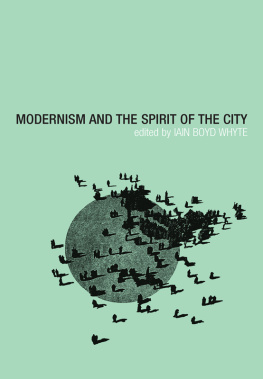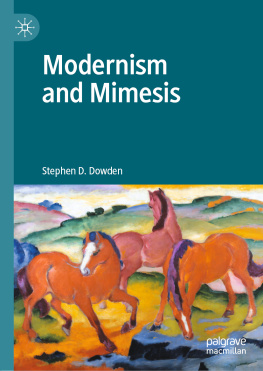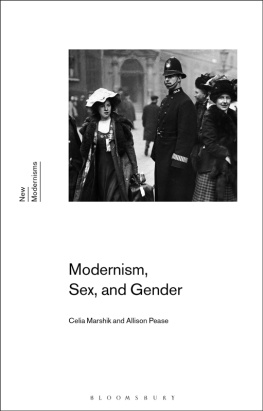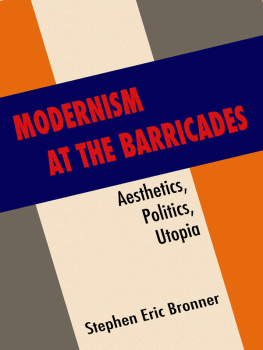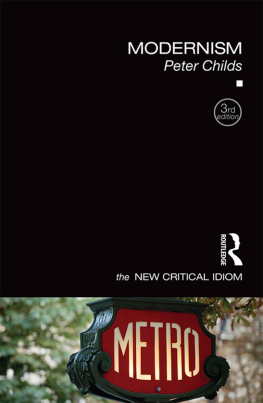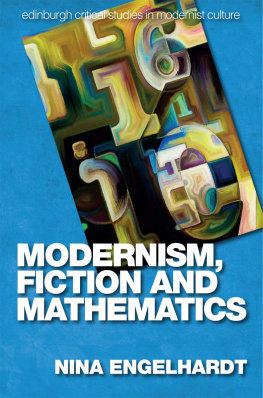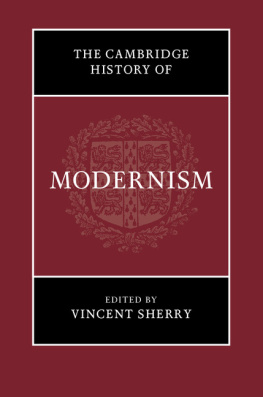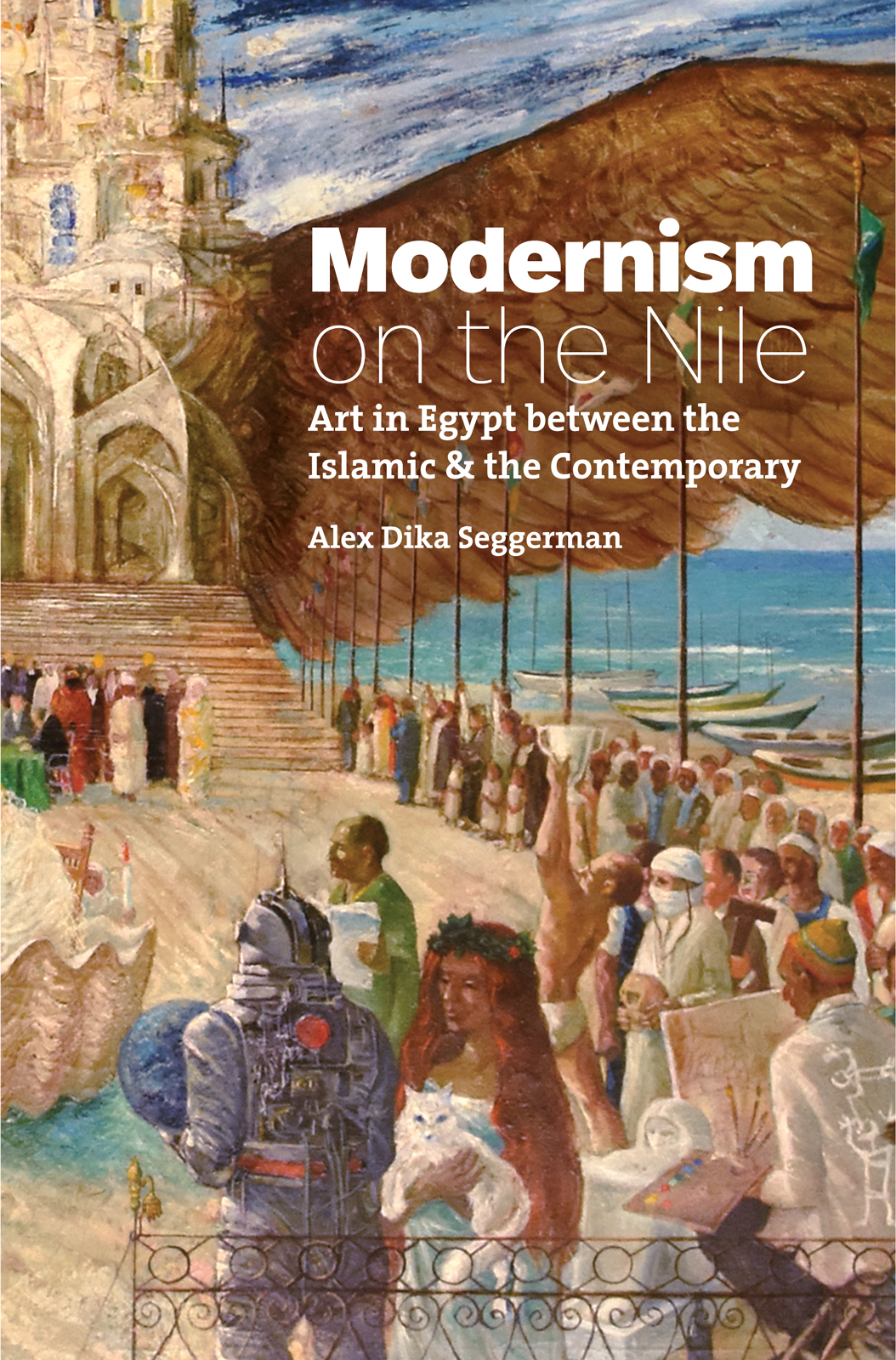Alex Dika Seggerman - Modernism on the Nile: Art in Egypt Between the Islamic and the Contemporary
Here you can read online Alex Dika Seggerman - Modernism on the Nile: Art in Egypt Between the Islamic and the Contemporary full text of the book (entire story) in english for free. Download pdf and epub, get meaning, cover and reviews about this ebook. year: 2019, publisher: University of North Carolina Press, genre: History. Description of the work, (preface) as well as reviews are available. Best literature library LitArk.com created for fans of good reading and offers a wide selection of genres:
Romance novel
Science fiction
Adventure
Detective
Science
History
Home and family
Prose
Art
Politics
Computer
Non-fiction
Religion
Business
Children
Humor
Choose a favorite category and find really read worthwhile books. Enjoy immersion in the world of imagination, feel the emotions of the characters or learn something new for yourself, make an fascinating discovery.

- Book:Modernism on the Nile: Art in Egypt Between the Islamic and the Contemporary
- Author:
- Publisher:University of North Carolina Press
- Genre:
- Year:2019
- Rating:3 / 5
- Favourites:Add to favourites
- Your mark:
Modernism on the Nile: Art in Egypt Between the Islamic and the Contemporary: summary, description and annotation
We offer to read an annotation, description, summary or preface (depends on what the author of the book "Modernism on the Nile: Art in Egypt Between the Islamic and the Contemporary" wrote himself). If you haven't found the necessary information about the book — write in the comments, we will try to find it.
Challenging typical views of modernism in art history as solely Euro-American, and expanding the conventional periodization of Islamic art history, Seggerman theorizes a constellational modernism for the emerging field of global modernism. Rather than seeing modernism in a generalized, hyperconnected network, she finds that art and artists circulated in distinct constellations that encompassed finite local and transnational relations. Such constellations, which could engage visual systems both along and beyond the Nile, from Los Angeles to Delhi, were materialized in visual culture that ranged from oil paintings and sculpture to photography and prints. Based on extensive research in Egypt, Europe, and the United States, this richly illustrated book poses a compelling argument for the importance of Muslim networks to global modernism.
Alex Dika Seggerman: author's other books
Who wrote Modernism on the Nile: Art in Egypt Between the Islamic and the Contemporary? Find out the surname, the name of the author of the book and a list of all author's works by series.

